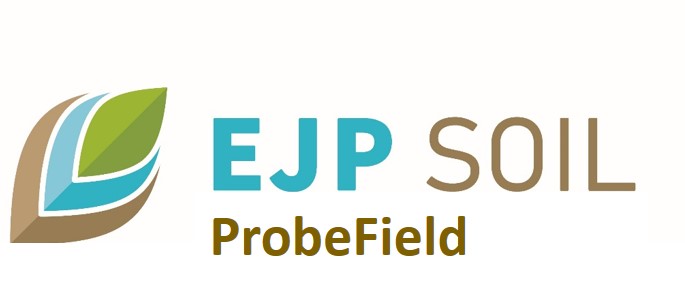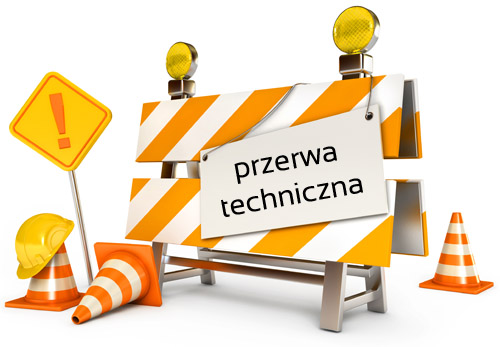W dniach 29-30 marca we Florencji (Włochy) odbyło się spotkanie inauguracyjne projektu ProbeField. ProbeField „A novel protocol for robust in field monitoring of carbon stock and soil fertility based on proximal sensors and existing soil spectral libraries” jest wewnętrznym projektem w programie EJP SOIL. Było to pierwsze fizyczne spotkanie od momentu rozpoczęcia projektu w listopadzie 2021 roku. Przedstawicielem IUNG-PIB był dr hab. Guillaume Debaene, lider projektu ProbeField w IUNG-PIB. Głównym celem projektu ProbeField jest usprawnienie pozyskiwania danych spektralnych w zakresie widzialnej i bliskiej podczerwieni (VIS-NIR) w terenie. Wiele czynników może zmienić widmo terenowe (wilgotność, struktura gleby, itp.) w przeciwieństwie do widma laboratoryjnego. ProbeField przetestuje fizyczne i matematyczne procedury radzenia sobie z tymi problemami i pozwoli na wykorzystanie świeżych danych terenowych w połączeniu z istniejącą biblioteką spektralną do przewidywania właściwości gleby.
28 marca odbyła się nieformalna kolacja, podczas której uczestnicy mogli się poznać (czasami po raz pierwszy) i wymienić poglądy na temat projektu. Po powitaniu w Obszarze Badawczym CNR we Florencji, pierwszy dzień (29) był poświęcony krótkiemu przedstawieniu każdego z 14 partnerów (specjalność instytucji związanej z projektem, oprzyrządowanie i infrastruktura oraz dostępne zbiory danych spektralnych). Prezentacje zostały przedstawione przez jednego lub dwóch uczestników każdego konsorcjum. Dyskutowano także, czy niektórzy partnerzy będą musieli zebrać nowe zestawy danych w terenie. IUNG-PIB zaproponował, aby do zbierania danych i testowania proponowanych procedur wykorzystać niektóre fragmenty Polskiej Bazy Danych Gleb Spektralnych oraz obiekty doświadczalne w Osinach, Grabowie i Kępie. Po południu odbyła się wycieczka do gospodarstwa doświadczalnego Fagna (CREA-AA). Obiekt ten znajduje się w dolinie Mugello w północnej Toskanii. Jest to gospodarstwo o powierzchni 40 ha, w którym na 24 działkach prowadzony jest eksperyment długoterminowy o powierzchni 1,2 ha. Przeprowadzono demonstrację pomiarów terenowych z wykorzystaniem dwóch różnych instrumentów VIS-NIR w czterech różnych profilach. Dyskutowano o tym, jak przygotować powierzchnię gleby przed skanowaniem. Następnie zaprezentowano obszerne archiwum próbek CREA (w budynku gospodarczym) i przeprowadzono dyskusję na temat wykorzystania tak dużej bazy danych w projekcie. Wieczorem w mieście Scarperia odbyła się uroczysta kolacja.
W drugim dniu spotkania inauguracyjnego skupiono się na konkretnych aspektach projektu. Przedstawiono pakiet roboczy od 1 do 4 oraz opisano prace w toku i kamienie milowe, które zostały już zakończone. Omówiono aktualny stan dwóch przeglądów literatury. Dyskutowano o tym, jak poprawić/rozwinąć interakcję między pakietami roboczymi, a zwłaszcza między WP2, WP3 i WP4. Następnie dyskutowano nad tym, jakie pola należy wykorzystać, jakie dane i czy można zastosować różne czujniki z danymi z pól. Zaplanowano przyszły plan działania i spotkanie online.
Guillaume Debaene
Strona projektu ProbeField: https://ejpsoil.eu/soil-research/probefield
EJP SOIL na stronie IUNG-PIB: Projekt EJP SOIL
English version:
On the 29-30th of March was held ProbeField kick-off meeting in Florence (Italy). ProbeField “A novel protocol for robust in field monitoring of carbon stock and soil fertility based on proximal sensors and existing soil spectral libraries” is an internal project of EJP Soil. It was the first physical meeting held since the start of the project in November 2021. The IUNG-PIB representative was dr hab. Guillaume Debaene, leader of ProbeField at IUNG-PIB. The main aim of ProbeField is to improve visible and near-infrared (VIS-NIR) spectral data acquisition in the field. Many factors can alter field spectrum (moisture, soil structure, etc.) in opposition to laboratory spectrum. ProbeField will test physical and mathematical procedures to manage these problems and allows fresh field data to be used with existing spectral library to predict soil properties. There was an informal dinner on the 28th were participants could met each other (sometimes for the first time) and exchange point of views concerning the project. After a welcoming at the CNR Research Area of Florence, the first day (29th) was dedicated to a short overview of each of the 14 partners (Institution specialities related to the project, instrumentation and infrastructure, and available spectral datasets). The talks were presented by one or two of each consortium participant. It was also discussed if some partners will have to collect some new datasets in the field. It was proposed by IUNG-PIB to use some parts of the Polish Spectral Soil Database and the experimental sites of Osiny, Grabów and Kępa for the data collection and testing of proposed procedures. Then in the afternoon, a field trip to Fagna (CREA-AA) experimental farm was organised. The site is situated in Mugello valley in northern Tuscany. This is a 40 ha farm with a 1.2 ha long term experiment ongoing in 24 parcels. Demonstration of field measurements were held with two different VIS-NIR instruments in four different profiles. There were discussions as to how prepare the soil surface before scanning. Then later, the large sample archive of CREA (in the farm building) was presented and a discussion ensued as to how using such a large database in the project. In the evening, a social dinner was held in Scarperia city. The second day of the kick-off meting focused more on specific aspects of the project. WPs 1 to 4 were presented and the work in progress or milestones already finished described. The current state of the two literature reviews was discussed. Some discussion took place as to how improve/develop interaction between the WPs and especially between WP2, WP3, and WP4. Then there were more tasks focused discussions as to which fields to use, which data, and if different sensors could be implemented with the field data. Future plan of action and online meeting were scheduled.
Date – 28-31.03.2022
Guillaume Debaene




